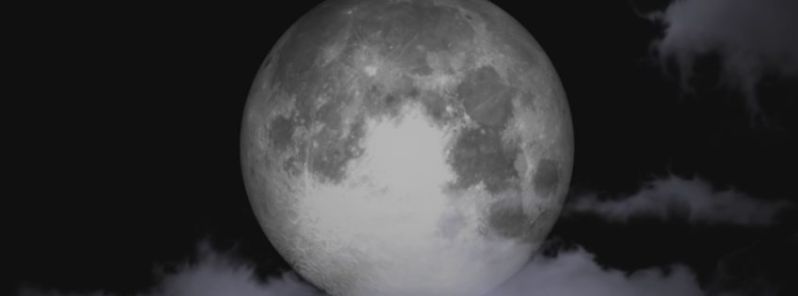Final supermoon of the year to shine bright on December 14

The third and final supermoon of the year is approaching. The full moon will shine on December 14, 2016, near the Taurus constellation, and remain visible throughout most of the night.
The Moon will reach its full phase on December 14, at 00:07 UTC. At the time, it will be located almost directly opposite the Sun and will remain high above the horizon for most of the night.
The supermoon will occur close to the time of its closest approach to the Earth, in a point called perigee. This means the full moon event will appear slightly larger and brighter than usual in the night sky.
During the nights after December 14, the Moon will rise about an hour later every day and become prominent later in the night. At the exact moment when the Moon reaches full phase, it will lie at a declination of +18°23' in the constellation Taurus, and so will appear highest in the northern hemisphere.
Video credit: NASA
The supermoon will be visible from all latitudes south of 61°S. Its distance from the Earth will be 359 000 km (223 072 miles). This full moon was known by early Native American tribes as the Full Cold Moon because this is the time of year when the cold winter air settles in and the nights become long and dark. This moon has also been known as the Full Long Nights Moon and the Moon Before Yule. This is also the last of three supermoons for 2016.
Two other supermoon events occurred over the last couple of months. The supermoon on November 14 was the closest and brightest in the last 70 years. Next time the full moon makes such an approach will not happen before November 25, 2034.
The supermoon on December 14 will coincide with the peak of the Geminid meteor shower. This is unfortunately not a great news for meteor observers, as the bright light of the moon will reduce the visibility of the meteors.
The online Virtual Telescope Project will host a webcast featuring the event, starting at 16:00 UTC (11:00 EST) on December 13. Also, the Slooh Community Observatory will host a webcast for the Geminid shower.
Featured image credit: NASA

Commenting rules and guidelines
We value the thoughts and opinions of our readers and welcome healthy discussions on our website. In order to maintain a respectful and positive community, we ask that all commenters follow these rules.